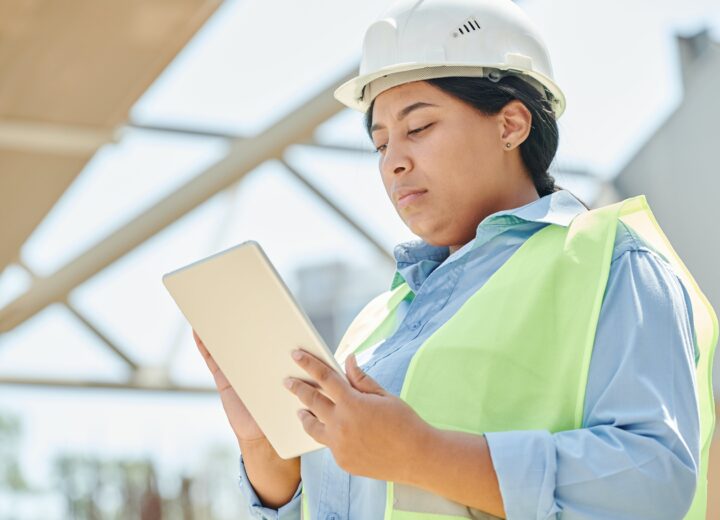Heating network blockages are a recurring problem affecting around 30% of European networks. This situation is exacerbated by the proliferation of low-temperature systems, widely used in underfloor heating (surface heating and cooling) systems, as a result of the European Green Deal and thermal regulations in every European country. But how can we control it?
What is heating network clogging?
Low-temperature systems offer undeniable advantages in terms of energy efficiency, but by their very nature are also more prone to sludge and air penetration. Lower temperatures encourage the formation of organic sludge and provide a breeding ground for microorganisms such as bacteria. It is essential to pay particular attention to certain key points in the system, otherwise it could be out of action in just two or three years.
The sources of sludge in heating systems are many and varied. It can be caused by corrosion residues, bacterial growth (which is more pronounced at low temperatures), algae or limescale deposits in the water. Air-exposed zones in the heating system, particularly in underfloor heating systems, also encourage sludge formation and air penetration.

System clogging: what are the solutions?
To deal with sludge build-up in heating systems, you first need to understand the sources of air and sludge intrusion. Without this, it’s difficult to find effective remedies.
Certain preconceived ideas can lead to diagnostic errors and unsuitable solutions. The use of concrete materials around the heating tubes would be inadvisable, as concrete provides no insulation and could promote the presence of air in the system.
To keep your network under control, it’s advisable to take certain preventive measures. First, you need to identify the real sources of air and sludge accumulation. Then you should find the right treatment and prevention solutions for your system.
Sludge in heating systems is a major challenge for many households across Europe. However, by understanding the sources of air and sludge intrusion, it is possible to effectively control this phenomenon and ensure the smooth operation and durability of your installations. All this can be taken into account right from the design stage of the underfloor heating system.





